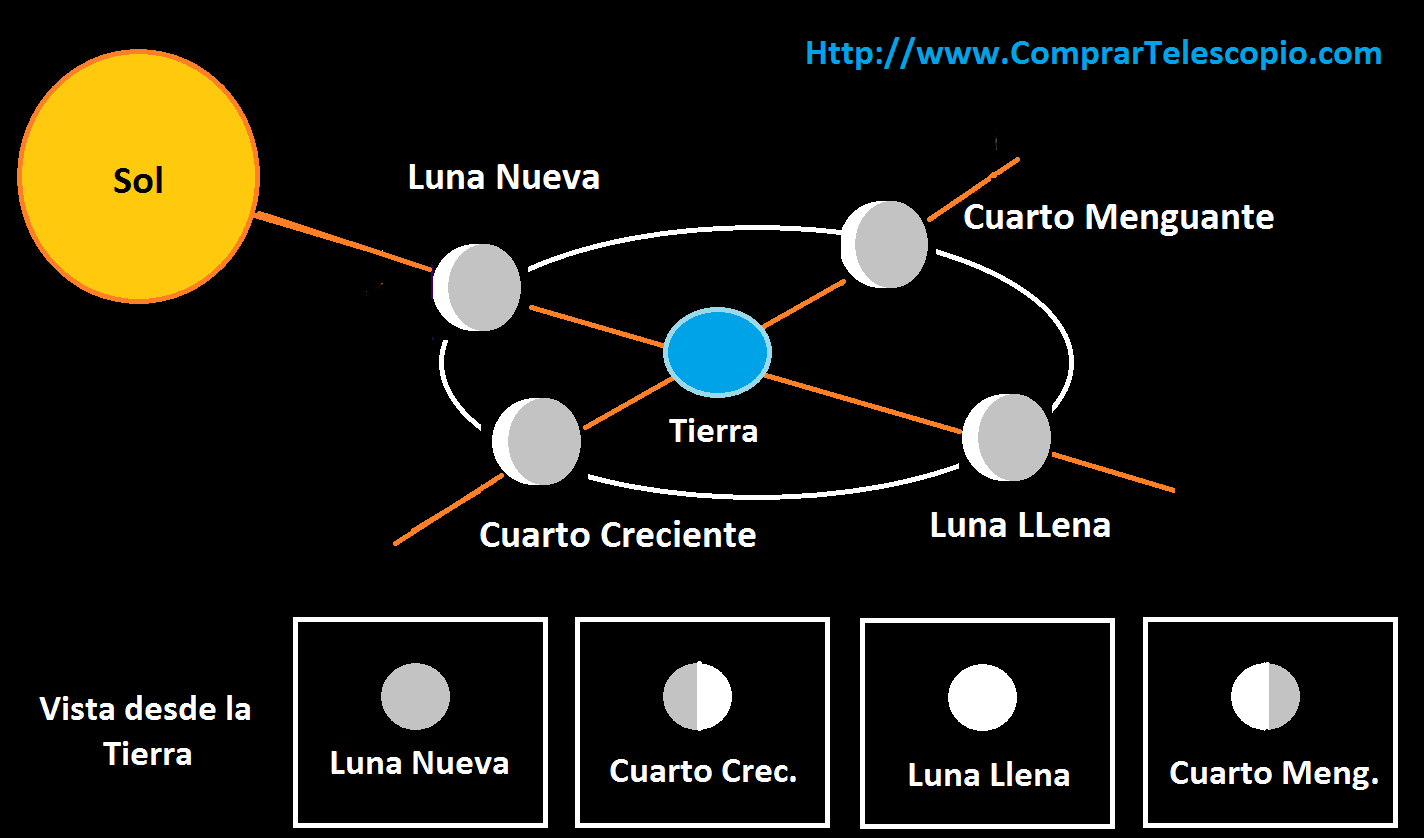Unlocking the Secrets of the Moon's Phases
Have you ever looked up at the night sky and wondered why the moon sometimes appears as a full, glowing orb, while other times it’s just a sliver of light? The changing appearance of the moon, known as lunar phases, has captivated humans for millennia. Understanding the reasons behind these transformations not only connects us to the cosmos but also reveals the intricate dance between the Earth, the moon, and the sun.
The reason we see different phases of the moon lies in its orbit around Earth and the way sunlight illuminates its surface. As the moon circles our planet, the angle between the sun, Earth, and the moon changes. This alters the amount of the illuminated side of the moon that we can see from Earth. When the moon is between the Earth and the sun, the side facing us is in shadow, resulting in the new moon phase. Conversely, when the Earth is between the sun and the moon, the entire face visible to us is lit up, creating the full moon.
The lunar cycle, the time it takes for the moon to complete all its phases, is approximately 29.5 days. This cycle has been observed and documented by cultures throughout history. Ancient civilizations used the moon's phases to track time, develop calendars, and guide agricultural practices. The moon's influence on tides is a tangible demonstration of its connection to Earth. Even today, many people believe that the lunar phases impact human behavior and natural phenomena.
Understanding the mechanisms behind the moon's phases offers a window into the fundamental principles of celestial mechanics. It highlights the interconnectedness of objects in our solar system and demonstrates how their relative positions influence what we observe from Earth. The moon's phases are not just a visual spectacle; they are a testament to the predictable yet dynamic nature of the universe.
From a scientific perspective, the moon's phases provide valuable insights into the Earth-moon-sun system. Scientists use observations of the lunar phases to study the moon's orbit, understand tidal forces, and even predict eclipses. The predictable nature of the lunar cycle makes it a valuable tool for scientific research and exploration.
One of the main issues related to understanding the lunar phases is overcoming common misconceptions. For example, many people mistakenly believe that the Earth's shadow causes the moon's phases. It's crucial to emphasize that the phases are a result of the changing illumination of the moon by the sun, as seen from our perspective on Earth.
The waxing crescent, first quarter, waxing gibbous, full moon, waning gibbous, third quarter, and waning crescent are the primary lunar phases. Each phase represents a different stage in the moon's journey around Earth.
The moon's phases have deep cultural significance. Many cultures associate specific phases with particular myths, legends, and spiritual beliefs. The full moon, for instance, is often associated with increased energy, while the new moon is seen as a time for new beginnings.
Understanding the lunar cycle can also enhance our connection to nature. By observing the moon's phases, we become more attuned to the cyclical nature of the cosmos and our place within it. This awareness can foster a deeper appreciation for the natural world.
Advantages and Disadvantages of Following the Lunar Cycle
| Advantages | Disadvantages |
|---|---|
| Connection to Nature | No Scientific Basis for Some Beliefs |
FAQ:
1. What causes the moon phases? The changing angles between the sun, Earth, and moon as the moon orbits Earth cause the phases.
2. How long is a lunar cycle? Approximately 29.5 days.
3. Why is the new moon not visible? The side of the moon facing Earth is not illuminated by the sun.
4. What is a full moon? When the entire face of the moon visible from Earth is illuminated by the sun.
5. Do the moon phases affect tides? Yes, the moon's gravitational pull influences tides.
6. What is a lunar eclipse? When the Earth passes directly between the sun and the moon, casting a shadow on the moon.
7. How have ancient cultures used the moon phases? For tracking time, calendars, and agriculture.
8. How can I learn more about the moon phases? Numerous books, websites, and apps provide detailed information about the moon and its phases.
In conclusion, the phases of the moon are a fascinating natural phenomenon that has intrigued humanity for centuries. Understanding the celestial mechanics behind these changes allows us to appreciate the intricate dance between the Earth, moon, and sun. By observing and learning about the lunar cycle, we deepen our understanding of the cosmos and our place within it. The moon’s phases offer a tangible link to the universe, reminding us of the vastness of space and the predictable yet ever-changing nature of celestial movements. Continue exploring the night sky and let the moon's phases inspire a sense of wonder and curiosity about the world beyond our planet.
Decoding the hex key your guide to this essential tool
Decoding sherwin williams exterior paint sheen your ultimate guide
Unleash your inner storyteller a guide to tribe name generator wcue














